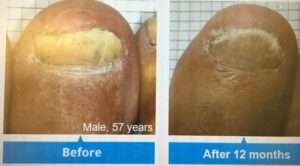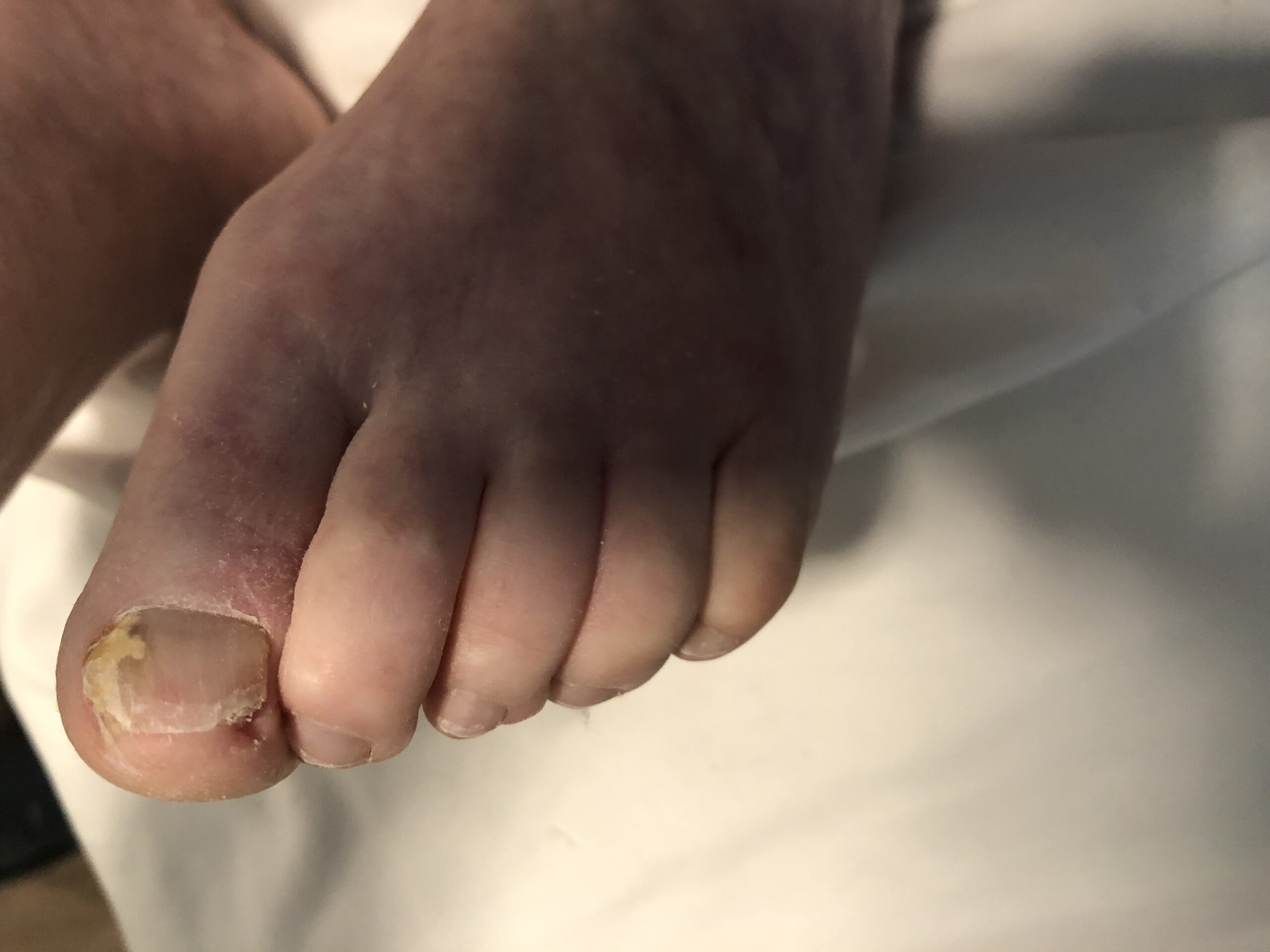 Fungal Toenails: 11 Empowering Solutions to Conquer the Challenges with Confidence!”
Fungal Toenails: 11 Empowering Solutions to Conquer the Challenges with Confidence!”
Fungal toenail infections can be both a physical nuisance and a source of emotional discomfort. If you’re ready to regain your confidence and step into a world of healthier feet, you’re in the right place. Tackling this challenge doesn’t have to be daunting. With a strategic approach and dedication, you can combat fungal toenails effectively. Let’s explore a step-by-step journey filled with empowering tips to help you achieve clear, happy feet.
Step 1: Confirm the Infection
The first and most crucial step is accurately identifying the problem. Fungal toenail infections often mimic other conditions, making it essential to consult a healthcare professional, such as a podiatrist or foot care nurse, for a precise diagnosis. Proper identification ensures that your treatment plan targets the actual issue, paving the way for successful recovery.
Step 2: Emphasize Hygiene—Clean and Dry Feet
Good hygiene is the cornerstone of managing and preventing fungal infections. Begin by washing your feet daily with soap and water, focusing on cleaning between the toes. Afterward, dry your feet thoroughly—moisture is a breeding ground for fungi. To add an extra layer of prevention, expose your feet to sunlight for about five minutes a day if possible. Sunlight naturally inhibits fungal growth, giving you an edge in your battle.
Step 3: Treat with Antifungal Products
Over-the-counter antifungal creams, powders, or sprays containing active ingredients like terbinafine, clotrimazole, or miconazole can work wonders. These products, when used as directed, help eradicate fungal infections. Be consistent in applying the treatment for the entire recommended duration, even if your symptoms seem to improve. This persistence prevents recurrence and ensures a complete cure.
Step 4: Choose Breathable Footwear
Your choice of footwear can significantly influence the environment around your feet. Opt for shoes made of breathable materials like leather or canvas, which promote air circulation and reduce moisture buildup. Avoid tight, non-breathable shoes and synthetic socks, as they create a warm, moist environment that fungi thrive in. By prioritizing comfort and ventilation, you make it harder for infections to take hold.
Step 5: Change Shoes and Socks Regularly
To further discourage fungal growth, change your socks at least once a day—or more frequently if your feet sweat excessively. Rotating between at least two pairs of shoes also allows each pair ample time to dry out, reducing moisture and minimizing the risk of reinfection. Small changes in daily habits can yield big improvements over time.
Step 6: Use Antifungal Foot Powder
Antifungal foot powder is another weapon in your arsenal. Sprinkling it inside your socks and shoes before wearing them can keep your feet dry throughout the day while actively combating fungi. This preventive step complements other treatments and helps create a hostile environment for infections.
Step 7: Maintain Proper Nail Care
Healthy toenails start with regular maintenance. Keep your nails trimmed and clean by visiting a foot care nurse or podiatrist. Additionally, disinfect your nail clippers or any tools you use to prevent spreading the infection to other nails or individuals. Consistent nail care is a preventive measure that pays off in healthier, fungus-free nails.
Step 8: Protect Your Feet in Public Spaces
Fungi love warm, moist public areas like swimming pools, locker rooms, and communal showers. To safeguard your feet, wear flip-flops or shower shoes whenever you’re in these environments. This simple precaution minimizes direct contact with contaminated surfaces and reduces your risk of infection.
Step 9: Avoid Sharing Personal Items
Sharing is caring, but not when it comes to personal items like towels, socks, or shoes. Fungal infections can easily spread through shared belongings, so it’s best to keep these items to yourself. This boundary helps protect you and others from potential exposure.
Step 10: Enhance Treatment with Additional Measures
While tackling fungal toenails, consider integrating extra preventive measures into your routine. For instance, gently brushing your fungal toenails during a shower can improve cleanliness. Afterward, use a hairdryer on a low setting to thoroughly dry your feet, leaving no room for lingering moisture. These small but impactful steps can accelerate your journey to healthy nails.
Step 11: Explore Advanced Treatments
For a cutting-edge solution, consider ClearToe Light Therapy from ToeFX. This clinically proven treatment boasts an impressive success rate of over 80%. It’s safe, painless, and free from side effects, making it an excellent option for persistent fungal toenail infections.
Finally, remember that consistency is the key to success. Diligently following your treatment plan and incorporating preventive measures into your daily routine will yield lasting results. Patience and persistence pay off in the battle against fungal toenails.
Take Action Today
Don’t let fungal toenails hold you back any longer. Call 226-239-7073 today to schedule an assessment and begin your journey to clear, healthy-looking nails. Together, we’ll conquer this challenge and restore your confidence, one step at a time.


This was a delight to read. You show an impressive grasp on this subject! I specialize about Cosmetics and you can see my posts here at my blog 63U Keep up the incredible work!
Having read your blog, you obviously know what you are talking about. I’m sure visiting my page QU9 about Airport Transfer will be worth your time!